
Infection with brown and yellow rust
About the first tests of susceptibility to fungal pathogens.
The weather is the determining factor for the success of the harvest, as temperature and precipitation largely control the growth of the plants. However, they also have a decisive influence on all the disruptive factors that bother the plants: pests, viruses and fungi.
Mushrooms in particular spread rapidly in favourable weather conditions. If fungal infestation in wheat, for example, is not detected in time, this can lead to a total loss of the harvest. So far, fungal diseases have been controlled with fungicides, but the resources available for this will be less as permits expire and fewer new products come onto the market. This is politically and consumer-driven, but it is a major challenge for agriculture.
One solution are varieties that are less susceptible to fungi, i. e., which have a so-called tolerance or resistance to certain fungi.
And this is where plant breeding comes into play. Its task is to breed precisely those varieties that are resistant or tolerant to fungal attack but at the same time produce a high yield. What sounds so simple is an extremely tricky and lengthy process and can take up to 15 years. But for some time now there has been hope for a new technique that could speed up this process: CRISPR is the acronym for this new technique, which is believed to revolutionise plant breeding.
Published on the 17.09.2020

About the first tests of susceptibility to fungal pathogens.
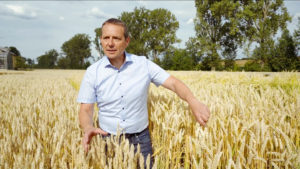
Plant breeder Dr. Stefan Streng on breeding, CRISPR and the benefits of new breeding methods.
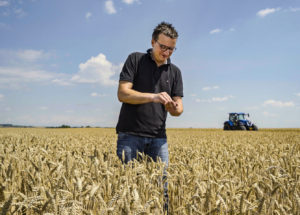
Farmer Bernhard Huber on crop protection and fungal diseases.
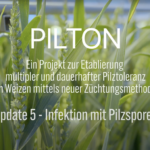
The winter wheat trials have started and now we are waiting for the first results
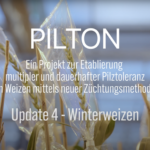
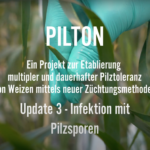
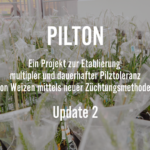

Dr. Dietmar Stahl, scientific director of the Pilton project, explains the current status in the video.